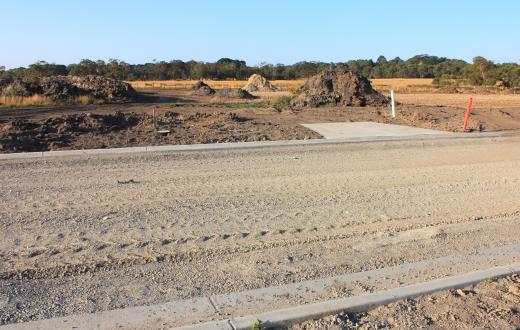Greenfield development is the creation of planned communities on previously undeveloped land. This land may be rural, agricultural or unused areas on the outskirts of urban areas. Unlike urban sprawls, where there is little or no proper suburban planning, greenfield development is about efficient urban planning that aims to provide practical, affordable and sustainable living spaces for growing urban populations. The planning takes future growth and development into account as well as seeks to avoid the various infrastructure issues that plague existing urban areas.
Going for greenfield development is actually far more convenient than attempting to develop or modify existing urban areas. The process of revitalizing old or rundown neighborhoods, which is known as brownfield remediation, can be expensive, slow, and fraught with various social and political issues. Landlords, for instance, may not find development in their interest or profitable. If it is a rough neighborhood with dysfunctional school systems, people may not be willing to move into it even after redevelopment. Planning and developing new communities in new areas, on the other hand, can be a comparatively faster and easier process, with no previous issues to contend with.

In their new community planning, the planners can iron out many of the wrinkles that made urban life difficult or unpalatable. They can plan in an environmentally responsible way to make better use of both open land and the land that will be used for commercial and residential purposes, and avoid any destruction or pollution of natural resources. Planners can try to avoid the social and economic segregation that is often seen in cities by ensuring that different neighborhoods have different houses and buildings of different types, sizes and levels of affordability. This way people don't have to be divided into ghettos on the basis of what they earn.

Transportation and routes of transportation also need to be considered. It is beneficial if people in the greenfield development areas have easy access by foot, car or cycle to places of employment, educational institutes, shopping areas, recreational areas and so on. Having a plan in place for a well-developed public transportation system can help to lower the public dependency on cars as well as bring down pollution levels. Planners should made adequate arrangements for pedestrian walks and cycle tracks. Getting the public involved to an extent in the planning will foster a community feeling that is essential for the long-term well-being of all planned communities.
This kind of urban development requires a good amount of financing, procurement of suitable land, in depth planning and time for careful implementation. All these factors, particularly the financial ones, may not always be favorable, and this is the reason that, for all their practical soundness, such projects are not more widespread. Instead of large new townships, it may be more likely to see the growth of smaller, separate communities that interact with one another to more or less the same purpose.
